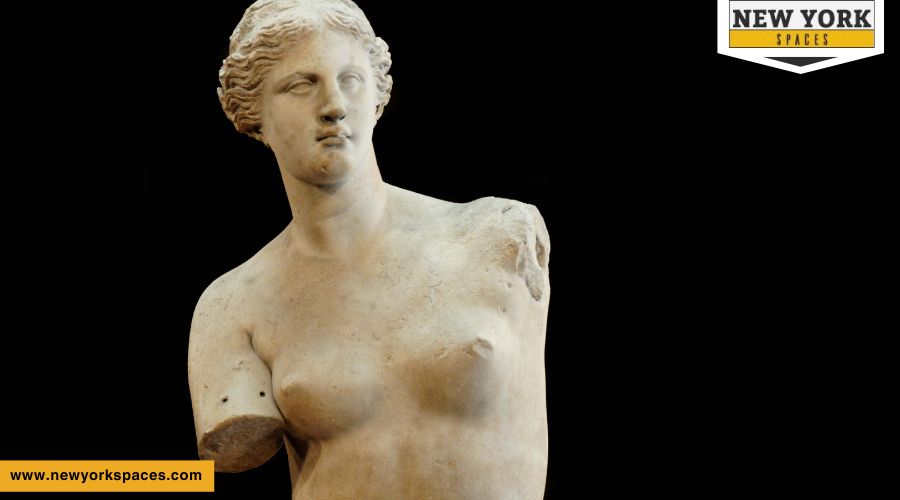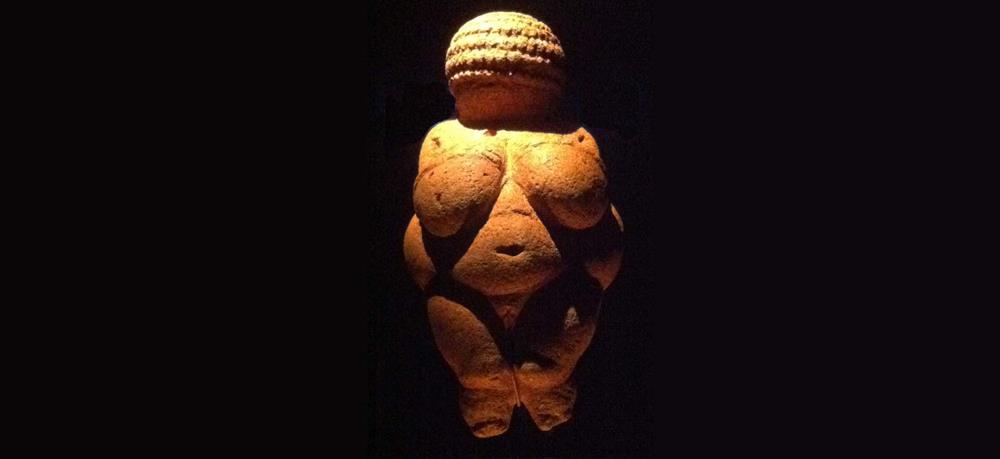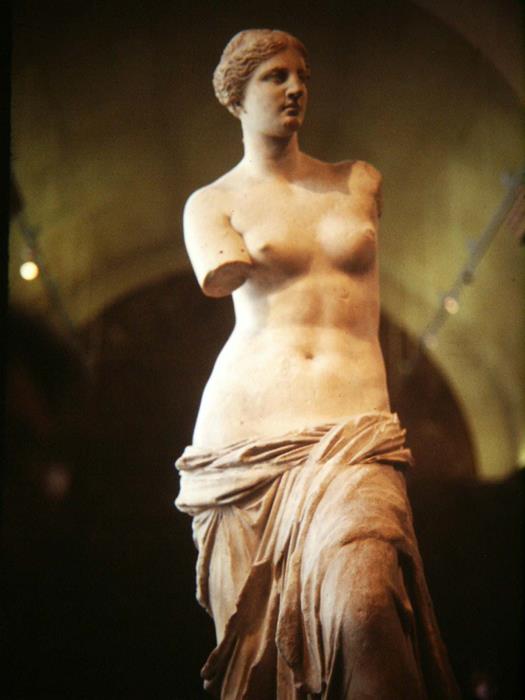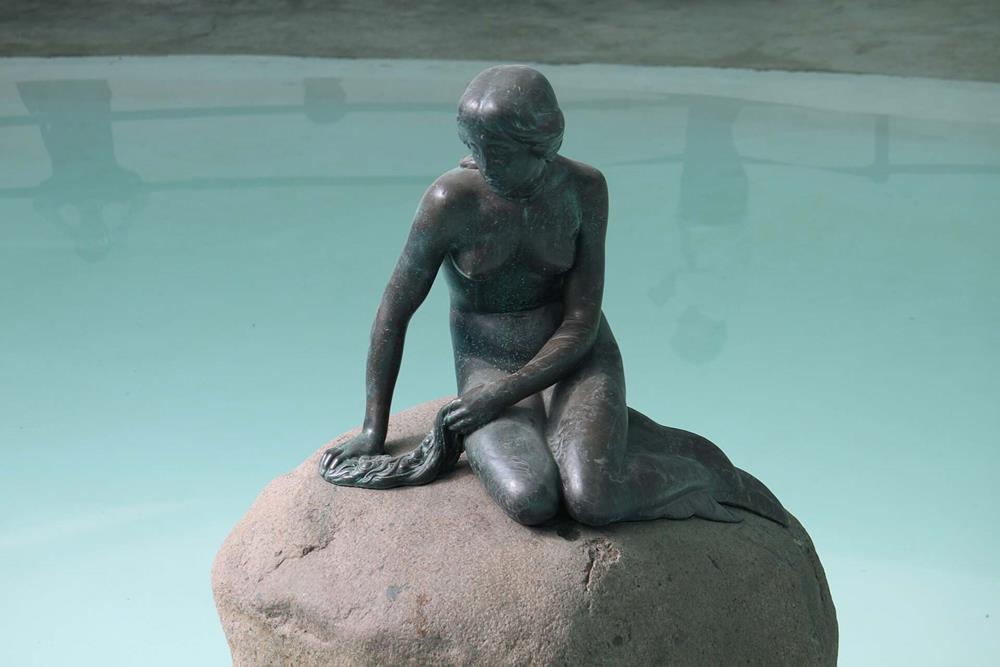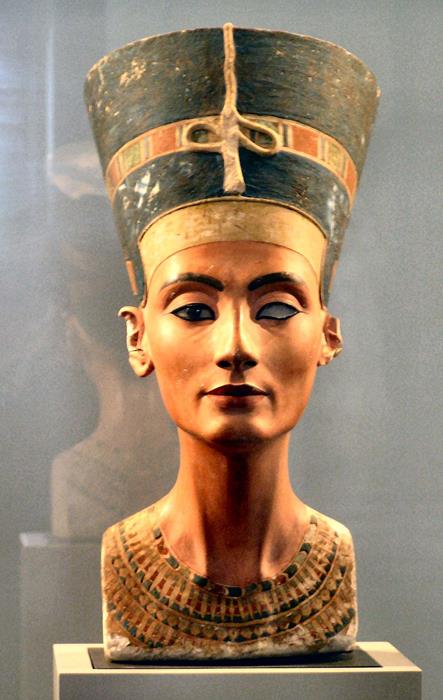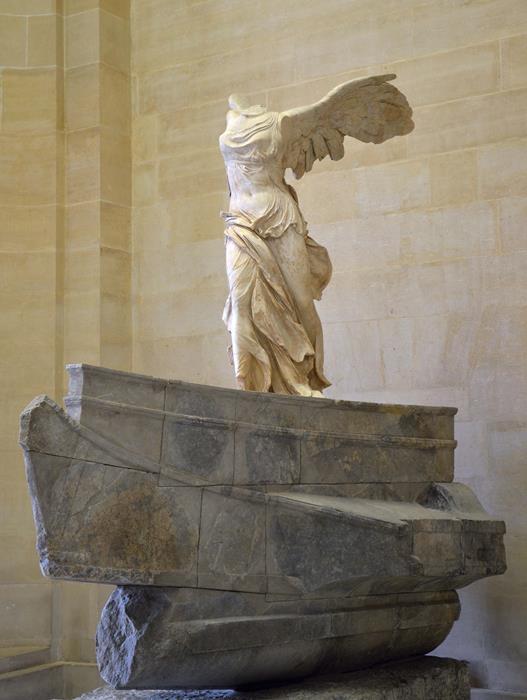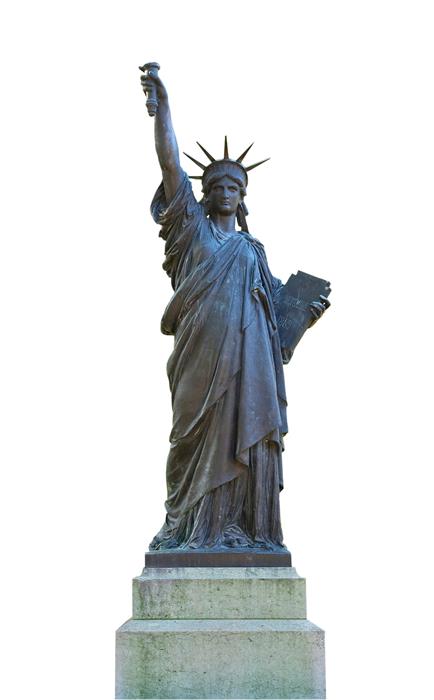As an art form, sculpture has been pivotal in narrating the stories of civilizations, beliefs, and the human condition throughout history. Its three-dimensional form offers a tangible connection to the past, presenting insights into the cultures and ideologies of different eras. Notably, the representation of women in sculpture has evolved significantly, mirroring societal changes and the shifting perceptions of femininity and power.
From ancient fertility idols to modern symbols of empowerment, female figures in sculpture have served as profound expressions of art, religion, and social commentary. This exploration aims to shed light on some of the world’s most famous female sculptures, delving into their histories, artistic merits, and the cultural narratives they embody.
The Venus of Willendorf
- Historical Context and Description: Unearthed in Austria in 1908, the Venus of Willendorf is among the oldest known sculptures, dating from approximately 28,000 to 25,000 BCE. Crafted from limestone and colored with red ochre, this petite figurine is distinguished by its pronounced female features, sparking intrigue and scholarly debate regarding its purpose and symbolism.
- Significance and Interpretations: Experts suggest the figure could represent a fertility idol, a depiction of a mother goddess, or an expression of prehistoric beauty ideals. Its exaggerated form offers insight into early human society’s symbolic expression and the esteemed role of fertility and femininity.
- Cultural and Artistic Impact: The Venus of Willendorf is pivotal in studying prehistoric art, providing a lens through which to view ancient civilizations’ spiritual and societal values. It underscores the deep-seated human inclination to represent the female form as a vessel of life and a sacred symbol of creation.
The Venus de Milo
- Discovery and Artistic Merits: Found on the Greek island of Milos in 1820, the Venus de Milo is a quintessential Hellenistic sculpture dating back to 130 and 100 BCE. Renowned for its depiction of Aphrodite, or Venus, the goddess of love and beauty, this statue is notable for its missing limbs, which add to its mystery and allure.
- Symbolism and Aesthetic Appeal: The Venus de Milo is celebrated for its graceful drapery, elegant form, and delicate rendering of the figure’s flesh, showcasing the era’s sophisticated artistic techniques. It has become synonymous with classical beauty, embodying an idealized form that inspires admiration and debate.
- Legacy and Interpretations: This enigmatic sculpture’s appeal lies in its beauty and the mysteries surrounding its original appearance and significance. It is a focal point for discussions on artistic ideals, the evolution of sculptural representation, and the enduring fascination with ancient Greek culture’s aesthetic and philosophical achievements.
The Little Mermaid Statue, Copenhagen
- Background and Inspiration: Since 1913, the bronze Little Mermaid Statue has graced the Langelinie promenade in Copenhagen, Denmark. Commissioned by Carl Jacobsen and sculpted by Edvard Eriksen, it is inspired by Hans Christian Andersen’s fairy tale of a mermaid who longs to become human for love. This sculpture captures the poignant themes of Andersen’s story, embodying the mermaid’s dreams, sacrifice, and quest for identity.
- Cultural Significance: Beyond its artistic merit, the statue symbolizes Copenhagen and Danish heritage, reflecting the nation’s rich literary tradition and connection to the sea. Despite facing vandalism and critique, its status as a cherished landmark speaks to the timeless appeal of Andersen’s narratives and the power of public art to evoke deep emotional responses.
- Public Reception: The Little Mermaid Statue’s journey through the years has been marked by admiration and controversy, illustrating the complex relationship between art, public space, and cultural identity. It remains a testament to the enduring resonance of fairy tales and the profound impact they can have on a city’s cultural landscape.
The Fearless Girl, New York City
- Introduction and Impact: Introduced on the eve of International Women’s Day 2017, The Fearless Girl statue quickly became a global icon. Created by Kristen Visbal and commissioned by State Street Global Advisors, it originally faced Wall Street’s Charging Bull, symbolizing a call for gender diversity and strength in leadership.
- Symbolism and Debate: Representing female empowerment and resilience, the statue’s determined stance has ignited discussions around gender equality, corporate responsibility, and the role of art in social activism. Its mixed reception, including praise for its message and critique of its commercial motivations, underscores the nuanced dialogue between art, commerce, and advocacy.
- Legacy and Controversies: The Fearless Girl’s presence in New York City has catalyzed a broader conversation on the representation of women in power and the spaces they occupy, both in the corporate world and beyond. It highlights the dynamic interplay of art, politics, and societal aspirations in shaping public spaces and consciousness.
Queen Nefertiti Bust
- Discovery and Description: Unearthed in 1912 by Ludwig Borchardt in Amarna, Egypt, the Bust of Queen Nefertiti is a celebrated artifact of ancient Egyptian art, dating to circa 1345 BCE. Crafted by Thutmose, it presents Nefertiti with unparalleled realism, showcasing the artistry of the Amarna period.
- Artistic and Historical Value: The bust is lauded for its detailed craftsmanship and the enigmatic beauty of Nefertiti, characterized by her elongated neck and striking facial features. It offers insight into the aesthetic conventions of the time and serves as a window into an era of religious innovation and change in ancient Egypt.
- Cultural Resonance: The discussions around the bust’s rightful ownership and place of display highlight the complexities of cultural heritage and the significance of ancient artifacts in modern identity and diplomacy. Nefertiti’s bust continues to captivate the imagination, embodying the intrigue and sophistication of ancient Egyptian civilization.
Winged Victory of Samothrace
- Historical Context and Description: The Winged Victory of Samothrace, also known as Nike of Samothrace, is a Hellenistic sculpture of the Greek goddess Nike (Victory), discovered on the island of Samothrace. Carved from marble, it depicts Nike as she descends from the skies, her wings spread wide and her garments flowing dramatically around her.
- Artistic and Cultural Significance: This masterpiece is celebrated for its dynamic composition and the sense of movement it captures, symbolizing victory and triumph. Its placement atop a ship-shaped base conveyed the impression of Nike alighting on the prow of a ship, commemorating a naval victory.
- Impact and Reception: Housed in the Louvre Museum, Paris, the Winged Victory remains a potent symbol of victory and beauty, widely admired for its dramatic realism and emotional intensity.
Statue of Liberty
- Background and Literary Inspiration: A gift from France to the United States, the Statue of Liberty was designed by Frédéric Auguste Bartholdi and is located on Liberty Island in New York Harbor. It is a universal symbol of freedom and democracy, inspired by the Roman goddess Libertas.
- Symbolism and Global Recognition: The statue depicts a robed female figure representing Libertas, holding a torch above her head with her right hand and a tabula ansata inscribed with the date of the American Declaration of Independence in her left. The broken chains at her feet symbolize freedom and emancipation.
- Public and Critical Reception: Since its unveiling in 1886, the Statue of Liberty has become an iconic symbol of the United States and a beacon of hope for immigrants from abroad, embodying ideals of liberty and peace.
The Motherland Calls
- Creation and Historical Context: Erected in Volgograd (formerly Stalingrad), Russia, The Motherland Calls is a monumental statue commemorating the Battle of Stalingrad during World War II. Designed by sculptor Yevgeny Vuchetich, it is one of the tallest statues in the world and part of the Hero City monuments.
- Artistic Features and Significance: The sculpture portrays a female figure stepping forward with a raised sword, calling the sons and daughters of the Motherland to defend their country. It symbolizes the Russian people’s strength, courage, and resilience during the war.
- Cultural Impact: The Motherland Calls is a memorial to the heroes of the Battle of Stalingrad and a powerful symbol of motherhood, sacrifice, and patriotism in Russian culture.
Conclusion
Exploring the world’s most famous female sculptures, from ancient to modern times, uncovers a profound narrative that interweaves the threads of history, culture, and art across civilizations. From the prehistoric fascination with femininity in the Venus of Willendorf to the classical grace of the Venus de Milo, the spirited defiance of The Little Mermaid and The Fearless Girl, the regal beauty of Queen Nefertiti’s Bust, the dynamic triumph of the Winged Victory of Samothrace, the symbolic freedom of the Statue of Liberty, to the monumental homage of The Motherland Calls, each piece transcends its material form to embody powerful symbols of identity, resilience, and ideals.
These sculptures highlight their creators’ exceptional craftsmanship and visionary talents and serve as enduring icons that reflect and provoke dialogue on societal values, gender dynamics, and historical memory. Through their lasting influence, these female representations in sculpture continue to engage, inspire, and challenge audiences worldwide, underscoring the enduring significance of female figures in shaping our collective artistic and cultural heritage.

